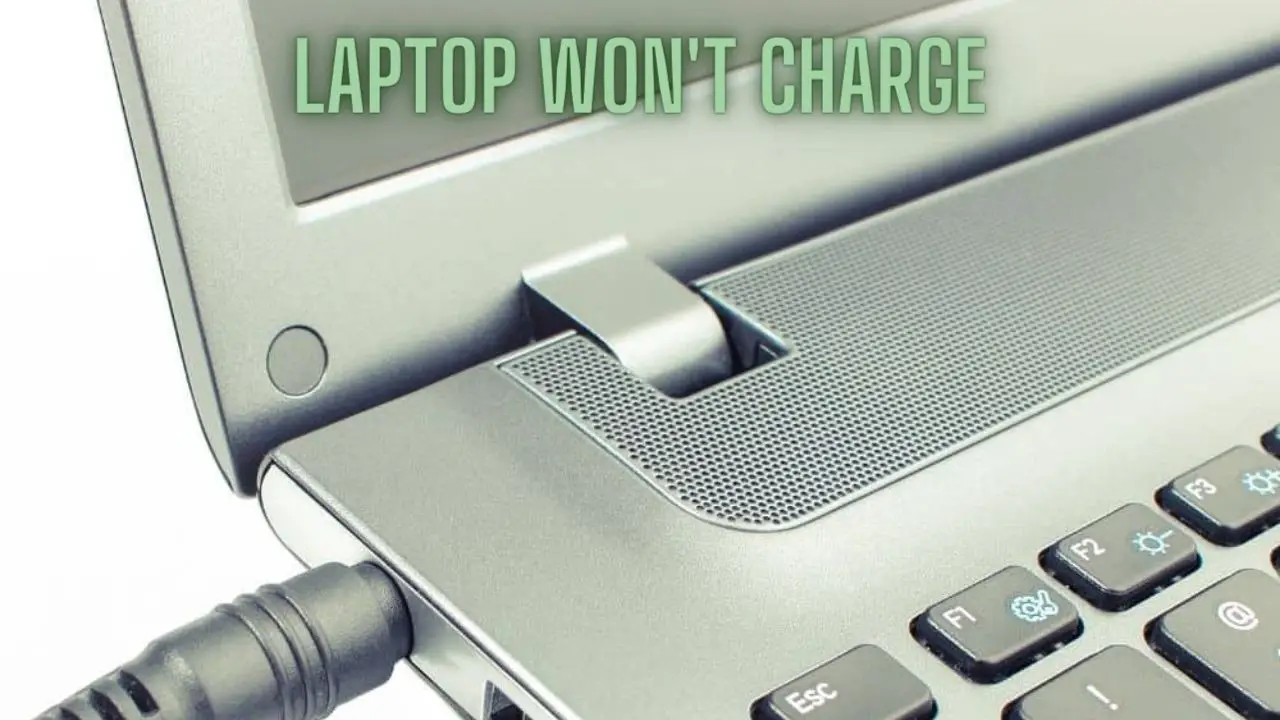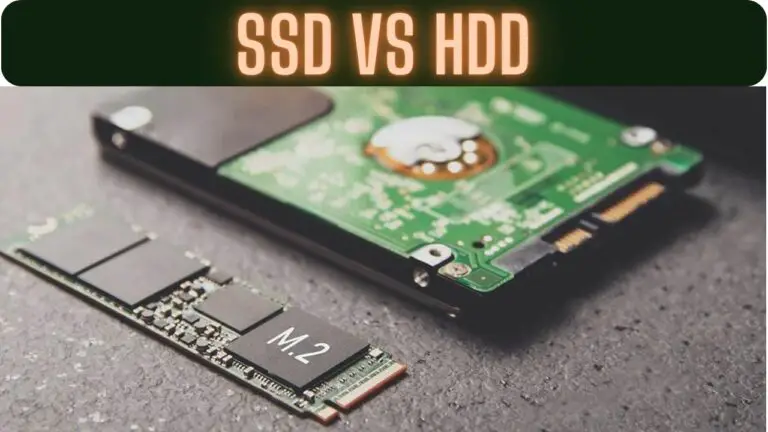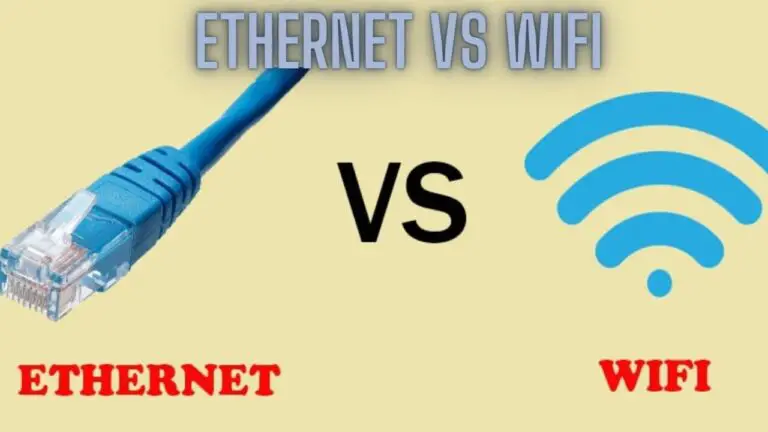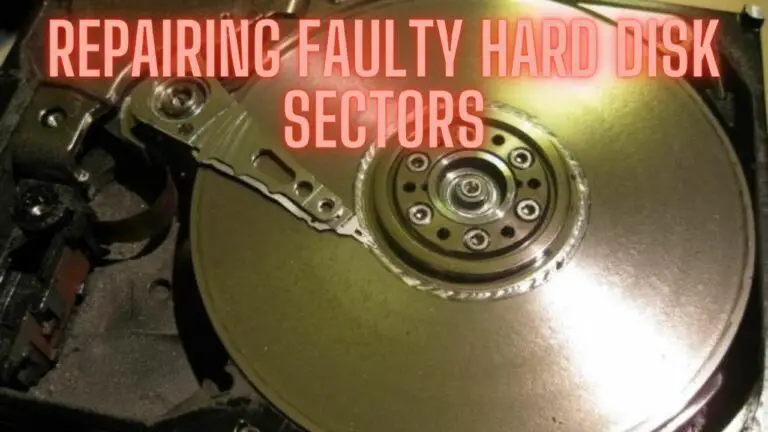Laptop Won’t Charge – How to Diagnose and Fix Charging Issues
Introduction
In today’s fast-paced digital world, our laptops are indispensable tools that keep us connected, informed, and productive. However, a common frustration for laptop users is when they discover that their laptop won’t charge. This issue can be caused by various factors, from hardware problems to simple software glitches. In this comprehensive guide, we will explore the potential reasons why your laptop isn’t charging and provide step-by-step instructions on how to diagnose and fix these charging issues. By the end of this article, you’ll be equipped with the knowledge to troubleshoot and resolve laptop charging problems effectively.
Understanding the Basics of Laptop Charging
Before diving into troubleshooting, it’s essential to understand the basics of laptop charging:
- Power Adapter: The power adapter, also known as the charger, converts AC (alternating current) from an outlet into DC (direct current) that the laptop can use.
- Battery: Laptops have rechargeable lithium-ion batteries that store and provide power when unplugged.
- Charging Port: The charging port on the laptop is where you connect the charger to replenish the battery.
- Indicator Lights: Many laptops have LED indicator lights that show whether the laptop is charging, fully charged, or running on battery power.
Common Reasons Why a Laptop Won’t Charge
Several factors can lead to a laptop not charging:
- Faulty Power Source: The outlet you’re using may be defective, or there might be an issue with the power supply.
- Damaged Charger or Cable: Physical damage, fraying, or loose connections in the charger or cable can disrupt the charging process.
- Charging Port Issues: The laptop’s charging port may be dirty, damaged, or loose, preventing a secure connection.
- Battery Problems: The laptop battery may be worn out, overused, or experiencing a software-related issue.
- Power Settings: Incorrect power settings in the operating system can affect charging and battery life.
- BIOS and Driver Updates: Outdated or corrupted BIOS settings or battery drivers can lead to charging problems.
- Hardware Failures: In some cases, there may be hardware failures, such as a malfunctioning charging circuit or power management system.
Step-by-Step Troubleshooting and Fixes
Now, let’s explore the step-by-step troubleshooting process for addressing laptop charging issues.
A. Checking the Power Source:
- Test a Different Outlet: Plug your charger into a different power outlet to ensure that the problem isn’t with the outlet itself.
- Use a Different Charger: If you have access to a compatible charger, try using it to verify whether the issue is with the charger or the laptop.
- Check Power Supply: In the case of a non-removable power supply (common in some ultrabooks), make sure the power supply is working by using it to charge another device.
B. Inspecting the Charger and Cable:
- Examine the Charger: Inspect the charger for any visible damage, such as bent pins, fraying cables, or a broken power brick. Replace it if necessary.
- Test with a Different Cable: Try a different charging cable to rule out cable issues.
C. Verifying the Laptop’s Charging Port:
- Clean the Charging Port: Use compressed air or a small brush to carefully clean out the laptop’s charging port. Dust and debris can obstruct a proper connection.
- Inspect for Physical Damage: Check the charging port for any physical damage. If it’s damaged, it may need to be repaired by a professional.
D. Battery and Power Settings:
- Calibrate the Battery: Sometimes, recalibrating the battery can help. To do this, discharge the battery completely, then fully charge it.
- Review Power Settings: Go to your laptop’s power settings and make sure there are no restrictions on charging. You can usually find these settings in the control panel or system preferences.
E. BIOS and Driver Updates:
- Update BIOS: Check your laptop manufacturer’s website for BIOS updates. Sometimes, updating the BIOS can resolve charging issues.
- Battery Driver Updates: Ensure that your battery and power management drivers are up to date. You can usually find driver updates on the manufacturer’s website or through the Windows Device Manager (or equivalent for other operating systems).
Hardware Problems and Professional Assistance
If you’ve gone through the troubleshooting steps and your laptop still won’t charge, there might be underlying hardware problems that require professional attention. These issues can include:
- Faulty Charging Circuit: If the laptop’s charging circuit is malfunctioning, it may need repair or replacement by a technician.
- Battery Replacement: If the battery is no longer holding a charge, it might need to be replaced.
- Charging Port Repair: A damaged or loose charging port can be repaired by a professional technician.
- Internal Component Issues: In rare cases, internal components like the power management system may have problems that require expert diagnosis.
If your laptop is under warranty, contact the manufacturer or authorized service center for repair or replacement. If it’s out of warranty, consult a reputable computer repair technician.
Preventative Measures to Avoid Charging Issues
Prevention is key to avoiding future charging problems with your laptop:
- Handle Your Charger Carefully: Avoid twisting or bending the charger cable, as this can lead to fraying or damage.
- Clean Your Charging Port Regularly: Periodically use compressed air to clean the charging port, preventing dust and debris buildup.
- Store the Charger Properly: When not in use, store the charger in a way that prevents kinks or tangles in the cable.
- Calibrate Your Battery: Calibrate your laptop’s battery every few months to maintain accurate battery life reporting.
- Avoid Extreme Temperatures: Exposing your laptop to extreme temperatures can affect the battery’s performance. Keep it in a moderate, cool environment.
- Update Software and Drivers: Regularly update your laptop’s operating system, BIOS, and drivers to ensure compatibility and performance.
FAQS
Why won’t my laptop charge when it’s plugged in?
There can be various reasons for this issue, including problems with the charger, cable, charging port, battery, or power settings. To diagnose the problem, follow the troubleshooting steps in the article.
My laptop is plugged in, but the battery isn’t charging. What could be the problem?
This could be due to issues with the charging cable, charging port, or battery. Follow the troubleshooting steps to identify and resolve the specific issue.
Can a damaged charger cable cause charging problems?
Yes, a damaged or frayed charger cable can disrupt the charging process. Check the cable for physical damage and replace it if necessary.
How often should I calibrate my laptop battery?
Calibrating your laptop battery every few months is a good practice to maintain accurate battery life reporting. However, it’s not necessary to do it too frequently.
What should I do if my laptop doesn’t recognize the charger?
If your laptop doesn’t recognize the charger, it could be a problem with the charging cable, charger, or the laptop’s charging port. Try using a different charger and cable to identify the issue.
My laptop won’t charge, but it’s under warranty. What should I do?
If your laptop is under warranty, contact the manufacturer or an authorized service center for repair or replacement. They can help you address the charging issue.
Can software updates fix charging problems?
Yes, sometimes software updates, including BIOS and driver updates, can resolve charging issues. Ensure that your laptop’s operating system and drivers are up to date.
Is it possible to repair a damaged charging port on a laptop?
Yes, a damaged or loose charging port can be repaired by a professional technician. Consult a reputable computer repair service for assistance.
Why does my laptop only charge when it’s powered off?
If your laptop only charges when it’s powered off, it could be due to certain software settings. Check your laptop’s power settings to ensure there are no restrictions on charging.
How do I prevent charging issues with my laptop in the future?
To prevent charging issues, handle your charger and cable with care, clean your charging port regularly, store your charger properly, calibrate your battery, avoid extreme temperatures, and keep your software and drivers up to date.
My laptop is relatively new, and the battery won’t charge. What should I do?
If your laptop is new and under warranty, contact the manufacturer’s customer support for assistance. They can guide on resolving the issue or replacing the laptop if necessary.
What do I do if my laptop won’t charge, and I can’t identify the problem?
If you’ve gone through the troubleshooting steps and still can’t identify the problem, or if it’s a hardware issue you’re unable to resolve, seek professional assistance from a reputable computer repair technician. They can diagnose and fix the problem for you.
Conclusion
Dealing with a laptop that won’t charge can be frustrating, but it’s a problem that can often be resolved by following a logical troubleshooting process. By understanding the basics of laptop charging, identifying common reasons for charging issues, and systematically diagnosing and fixing the problem, you can ensure your laptop remains a reliable and essential tool in your digital life.
Remember to always handle your charger and laptop with care, keep your charging port clean, and perform regular maintenance to prevent future charging issues. If you encounter persistent problems that can’t be resolved through troubleshooting, seek professional assistance to ensure the long-term health and functionality of your laptop’s charging system.







